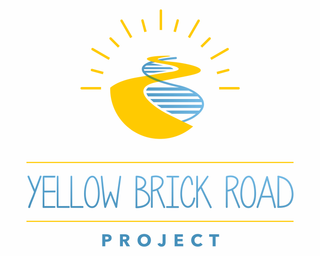HNRNPH2 Signs & Symptoms

Signs & Symptoms in Patients with HNRNPH2 Genetic Variations
Phenotypes that occur in MOST patients (approximately 50% to 100%):
Neurological Issues -
- Global developmental delay/ intellectual disability (100% of individuals have this!)
- Non-verbal or severe language impairment
- Speech/oral motor apraxia
- Seizures
- Abnormal muscle tone (low tone called hypotonia and/or high tone called hypertonia, muscle rigidity or spasticity)
- Mobility issues (inability to walk, delayed walking, abnormal walking, balance issues)
- Incoordination (sometimes called apraxia or dyspraxia)
- Sensory Processing Disorder
- Other Sensory problems (such as decreased pain response, hyper-touch, hyper-temperature, )
Vision –
- Strabismus
Gastrointestinal Issues -
- Chronic constipation
- Significantly underweight / Failure to thrive
- Poor appetite
Other –
- Happy demeanor
- Specific facial features (eye shape, etc.)
Phenotypes that occur in SOME patients (approximately 25% to 50%):
Neurological -
- Autism Spectrum Disorder
- ADHD
- Atypical gait (unusual walking pattern)
- Seizures
Vision -
- Nearsighted
Gastrointestinal Issues -
- Gastrointestinal reflux (GERD)
- Difficulty swallowing
Orthopedic Issues -
- Scoliosis, lordosis, kyphosis, torticollis
- Hip/pelvis problems (hip dysplasia)
Other -
- Fatigue, muscle weakness
- Dental/tooth deformity
- Anxiety
- Bipolar disorder
Phenotypes that occur in FEW patients (less than 25%):
Neurological -
- Severe sleep disturbances
- Hyper-pain
- Microcephaly (acquired or congenital)
- Hypo-temperature
- Tremors
Vision -
- Depth perception
- Cortical Visual Impairment (CVI)
Gastrointestinal Issues -
- Severe abdominal pain
- Pica (eating non-food materials)
Orthopedic Issues -
- Heart murmur
- Joint laxity
- Joint pain
- Stiffness
Other -
- Obsessive Compulsive Disorder
- Fluctuation of skills
- Hand flapping or biting
